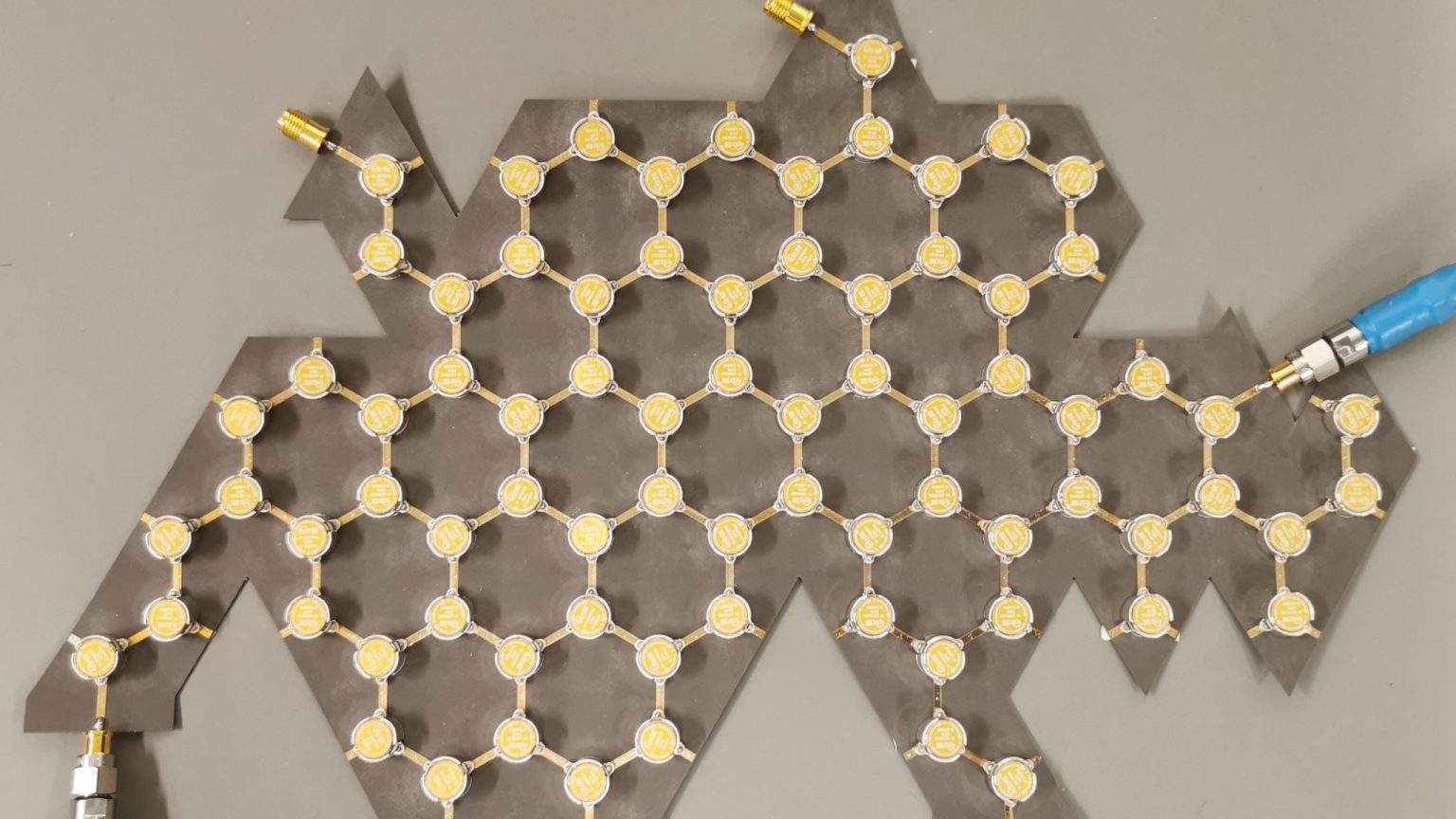
We create devices to control waves and exploit the energy, momentum, or information they carry.
About us
Welcome to the Laboratory of Wave Engineering !
Be it of electrical nature (microwaves, optics), or of mechanical nature (acoustics, elastics), wave propagation at the core of modern technologies, with applications including information processing, sensing, imaging, telecommunications, and energy transfer and management. We focus on unveiling the mechanisms that govern wave interactions with complex environments and artificial materials, and apply our science to tackle challenging applications. Our current research interest includes:
– The fundamental physics of wave emission, propagation and scattering.
– Non-reciprocal and topological wave phenomena.
– Acoustic, microwave and optical metamaterials.
– Wave-based information technologies and AI accelerators with increased energy efficiency, performance, and small sizes.
Contact
Prof. Romain Fleury
romain.fleury@epfl.ch
EPFL-STI-IEM-LWE
Station 11
CH 1015 – Lausanne









